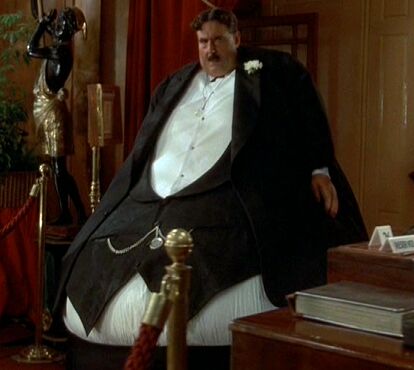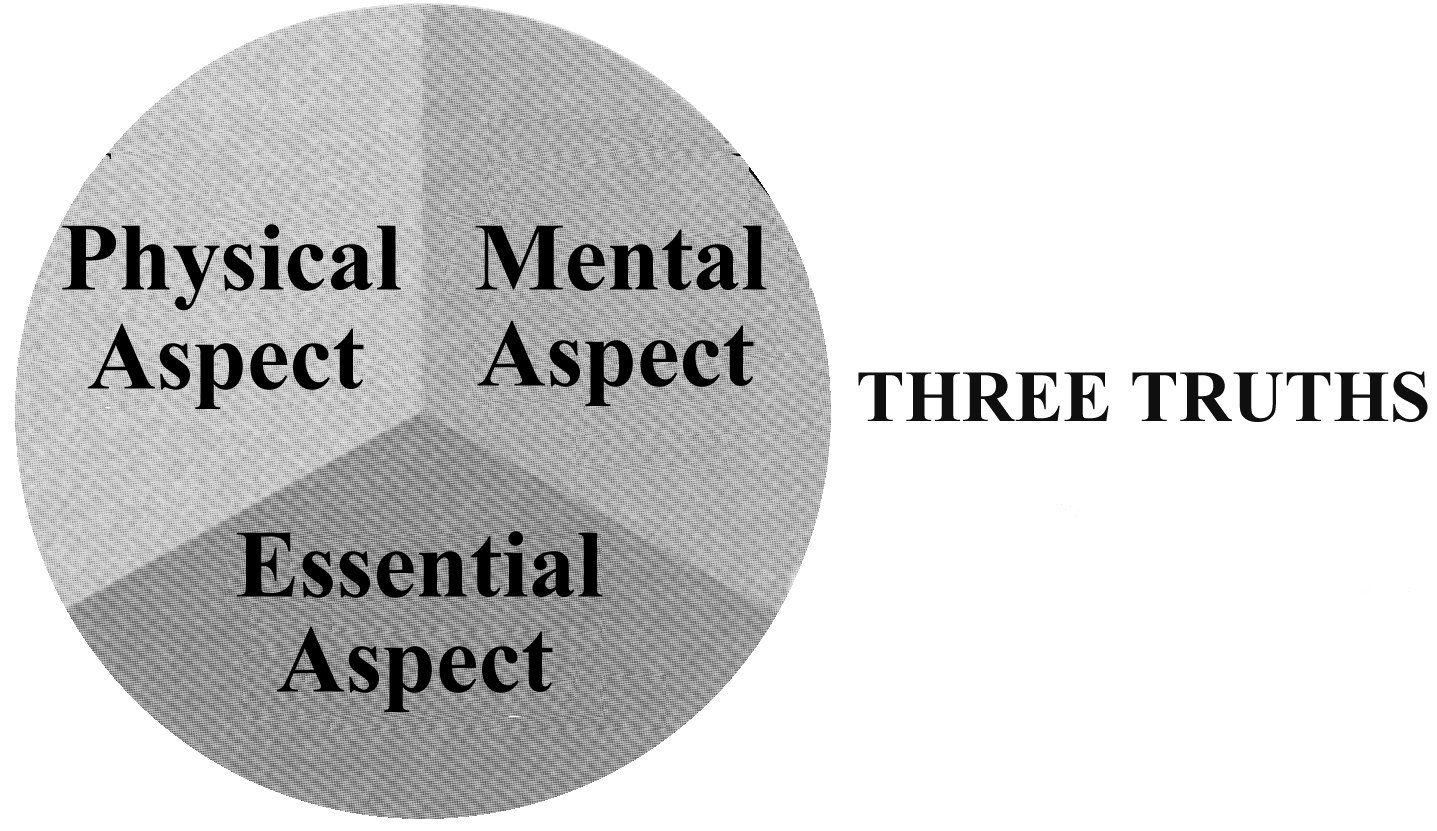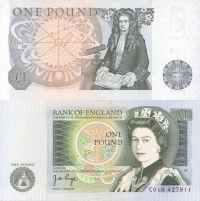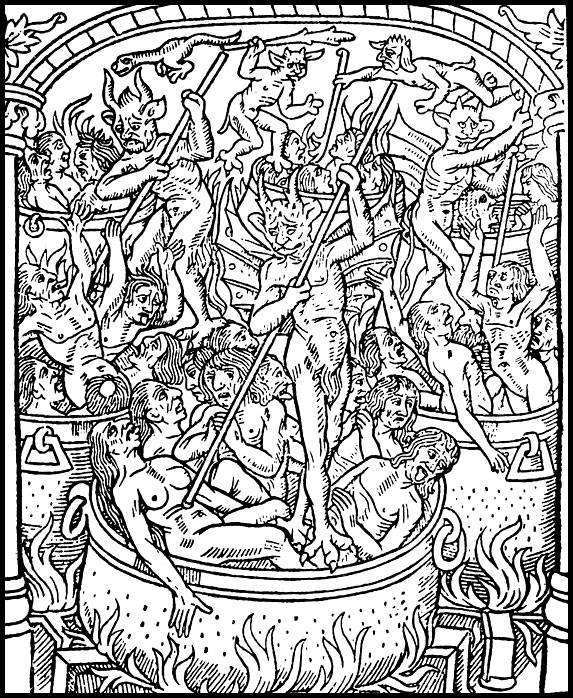
The synthesis of the material and spiritual in certain Buddhist teachings has gone generally unnoticed in the West, writes Eddy Canfor-Dumas. One of the few exceptions was the late E F Schumacher, who devoted a short chapter in his renowned work, Small Is Beautiful, to Buddhist economics.
‘No one,’ says Schumacher, ‘seems to think that a Buddhist way of life would call for Buddhist economics, just as the modern materialist way of life has brought forth modern economics.’ He doesn’t go into the topic in any great depth – his main focus lies elsewhere. But he does point out, in the few pages he devotes to the subject, that Buddhism recognises the spiritual component even in such an apparently hard and dry area as economics. Speaking of work, for example, he notes that:
The modern economist has been brought up to consider ‘labour’ or work as little more than a necessary evil. From the point of view of the employer, it is in any case simply an item of cost, to be reduced to a minimum if it cannot be eliminated altogether, say, by automation. From the point of view of the workman, it is a ‘disutility’; to work is to make a sacrifice of one’s leisure and comfort, and wages are a kind of compensation for the sacrifice. Hence the ideal from the point of view of the employer is to have output without employees, and the ideal from the point of view of the employee is to have income without employment…
The Buddhist point of view takes the function of work to be at least threefold: to give a man a chance to utilise and develop his faculties; to enable him to overcome his egocentredness by joining with other people in a common task; and to bring forth the goods and services needed for a becoming existence…
…to strive for leisure as an alternative to work would be considered a complete misunderstanding of one of the basic truths of human existence; namely that work and leisure are complementary parts of the same living process and cannot be separated without destroying the joy of work and the bliss of leisure (Small Is Beautiful, p. 45).
Schumacher was writing in the early 1970s, since when there has been some movement in certain areas towards this viewpoint. But the striking thing – to me anyway – is how little attitudes have changed over the past nearly forty years. We may say ‘Yes, we know that there’s more to life than money, and that money can’t buy you happiness,’ but most of us act as if it will. And, of course, up to a point it does. Poverty might be a virtue in the eyes of some religious teachings, but very few people consciously choose to be poor. We know the difference money can make to our lives. A full belly feels better than an empty belly; a warm bed better than no bed at all.
The problem is – we don’t know how much is enough. (And when I say ‘we’ I mean ‘we as society in general’: there are, of course, many individuals who do know how to say ‘when’ to material desires.) But speaking in general terms, our society doesn’t know how to judge. And from a Buddhist perspective, this is because the West – and, increasingly, the world – has been dominated by the fundamental belief that greater material wealth will result in greater happiness.
The logical consequence of this is that whatever we have, however much we have, it is not enough. Our current level of wealth after a time becomes normal, the base line from which we can advance further. And more will always be better, because it will make us happier – we think.
 This attitude was summed up brilliantly in a speech made by Gordon Gekko, the villain at the heart of Oliver Stone’s 1987 film Wall Street, played by Michael Douglas. He closes a rousing appeal to the shareholders of a company he wants to buy with a promise to make them all rich – and with this reassurance: 'Greed, for lack of a better word, is good. Greed is right. Greed works. Greed clarifies, cuts through and captures the essence of the evolutionary spirit. Greed, in all of its forms – greed for life, for money, for love, knowledge – has marked the upward surge of mankind.'
This attitude was summed up brilliantly in a speech made by Gordon Gekko, the villain at the heart of Oliver Stone’s 1987 film Wall Street, played by Michael Douglas. He closes a rousing appeal to the shareholders of a company he wants to buy with a promise to make them all rich – and with this reassurance: 'Greed, for lack of a better word, is good. Greed is right. Greed works. Greed clarifies, cuts through and captures the essence of the evolutionary spirit. Greed, in all of its forms – greed for life, for money, for love, knowledge – has marked the upward surge of mankind.'
Gekko’s words are clearly meant by Oliver Stone to be an affront, a challenge to how we view ourselves. He’s saying, in effect, that bad is good – and that deep down we all know it. In the film Gekko wins the vote and takes control of the company. Appealing to our pocket is a highly effective tactic – as politicians know the world over (one reason, perhaps, why we’re all so outraged when they’re caught with their fingers in the till).
But believe it or not, Shakyamuni’s ultimate teaching, the Lotus Sutra, recognises an element of truth in Gekko’s statement. Greed is an aspect of the world of desires, and desires are an inescapable part of life. Change the word ‘greed’ to ‘desire’ in Gekko’s speech and it immediately becomes more acceptable: ‘Desire, in all of its forms – desire for life, for money, for love, knowledge – has marked the upward surge of mankind.’ In short, it is human desires that have driven the development of human society.
The problem, of course, is that unrestrained human desire – greed – has also produced terrible effects, in the form of exploitation of other human beings and environmental destruction. Greed is desire run riot, out of control. And by its very nature greed can never be satisfied, until, eventually, it destroys itself.

An image from another film comes to mind – that of Terry Jones as the hugely fat Mr Creosote in Monty Python’s The Meaning of Life, eating and eating and eating until he is tempted – against his will, it has to be said – to have just one ‘wafer-thin mint’ to round off the meal. When he literally bursts.
This, I believe, is what Daisaku Ikeda is pointing to as at the heart of the financial crisis of 2008 and its ongoing effects – desire run riot, out of control. Because the whole of the money system is geared towards expansion; specifically, the expansion of trade and commerce as a means of increasing wealth. So even as the system is re-inflated – as Mr Creosote is put back together again – to what extent is that desirable? For have we now reached a global limit to our material growth, determined by climate change, resource depletion and increasing environmental breakdown? And if we have reached, or are near, the limit how are we going to adjust – as societies and as individuals?
Historically, religion has been the main instrument humankind has used to try to control human desires. But simply suppressing such a fundamental aspect of human life produces its own problems – and is anyway bound to fail. We are physical creatures, animals, with undeniable physical wants and needs. And on a societal level elevating the spirit at the expense of the flesh has allowed terrible crimes to be committed in the name of religion – witness the burning of heretics, massacres of the infidel, and the plunder and destruction of other cultures.
So the question arises – is a creative balance possible between the material and the spiritual aspects of life? If there is, how can we find it? And – just as important – how can we sustain it?
As I mentioned earlier, Mahayana Buddhism teaches that there is no fundamental contradiction between these two aspects of life. Rather, it explains that the physical and the spiritual are merely different expressions of the same entity. This concept is known as the Three Truths.
 Buddhism asserts that all life can be viewed from these three perspectives. The material aspect of life includes everything that can be perceived through the five senses. What I’ve been referring to as the spiritual aspect, Buddhism describes more broadly as the non-physical or non-substantial or mental side of life. This includes everything that we know to be real but is not physical, such as thoughts, feelings, ideas, and so on. But both the physical and the non-physical aspects of life are expressions of the same essential aspect of life, which Buddhism calls the Middle Way. Or to put it another way, life invariably expresses itself in both a physical and a non-physical dimension.
Buddhism asserts that all life can be viewed from these three perspectives. The material aspect of life includes everything that can be perceived through the five senses. What I’ve been referring to as the spiritual aspect, Buddhism describes more broadly as the non-physical or non-substantial or mental side of life. This includes everything that we know to be real but is not physical, such as thoughts, feelings, ideas, and so on. But both the physical and the non-physical aspects of life are expressions of the same essential aspect of life, which Buddhism calls the Middle Way. Or to put it another way, life invariably expresses itself in both a physical and a non-physical dimension.
For example, my unique life is expressed in both my physical body and in my thoughts, emotions and beliefs: those things that comprise my character or nature. And while my body will change radically over the course of my lifetime, and my thoughts and emotions might change radically over the course of a day, they will all change in a way that is always consistent with my essential self – I remain the same person. In other words, these three aspects of life are totally inseparable and consistent with one another.
Non-livings things can also be viewed in terms of the Three Truths. Take money, for example.
A pound coin represents the physical aspect of the entity called a pound sterling. Its value – what it can buy – represents the non-physical aspect. Both aspects have changed radically over time. When I went to the US in the summer of 2008 the pound bought almost two dollars – by the end of 2010 it was trading at roughly $1.55. And as for the physical aspect – well, remember pound notes, withdrawn from circulation in the UK in 1988?


Yet, despite all these changes, the pound is still the pound and not the dollar or the yen or the euro. It has a unique identity, whose roots stretch back to some point in the eighth century, and which is expressed both physically and non-physically.
Interestingly, I think it is this essential aspect that perhaps caused the greatest obstacle to the UK joining the single European currency; for it includes the historical, cultural, political – and emotional – associations that the pound has accumulated over more than a thousand years; in fact, it is the oldest currency still in use. Perhaps this is why many people in the UK sensed somehow that giving up the pound for the euro is not simply a technical, economic matter, but one of identity, of how one sees and defines oneself.
Discussing the pound and the euro in this way might seem a bit fanciful, but actually the ultimate teachings of Buddhism explain that many contradictions that arise from seemingly polarised attitudes can be resolved by a deep consideration of the essential aspect. The late Richard Causton explains this in his book The Buddha in Daily Life:
In terms of Buddhist teachings, both individuals and societies as a whole have the tendency to veer towards … a predominantly physical or spiritual view of life. Either of these Buddhism views as a fundamental distortion of reality and, therefore, bound to lead to suffering.
Interestingly, Buddhism links these two views to what it describes as the two predominant but flawed concepts of what happens when we die. As Daisaku Ikeda explains:
The first… [is] the view of death as the annihilation or complete cessation of self (the view of annihilation), while the other [is] the view of death as the self continuing in the form of an unchanging immortal soul or spirit (the view of permanence).
The ‘view of annihilation’ is associated with a predominantly physical take on life – to ‘eat drink and be merry, for tomorrow we die’, since this is our one shot at existence. By contrast, the view of permanence tends towards a predominantly spiritual take on life – that what happens to our immortal soul is far more important than our brief time here on Earth, and so all sorts of physical pleasures are frowned upon and discouraged. For example, the punishment in hell for the deadly sin of lust is to be smothered in fire and brimstone.

The challenge, from a Buddhist perspective, is how to balance these two powerful and undeniable aspects of life – the physical and the spiritual – as Richard Causton explains in The Buddha in Daily Life:
To live a life of perfect balance, one has to follow the path of the Middle Way, the essential aspect, the way that integrates and harmonises both [the physical and the spiritual]. If [the physical and the spiritual] could be likened to two horses hitched to a wagon, the Middle Way would then be the driver who counteracts the tendency of the stronger horse to pull the whole wagon to one side, and thus keeps everything moving strongly ahead.
The path of the Middle Way, the essential aspect, is that trodden by the Buddha. It was by following the teachings of Shakyamuni Buddha, for example, that Vimalakirti was able to develop wisdom and compassion and remain uncorrupted by his wealth.
But the Vimalakirti who appears in the sutra that bears his name is clearly not a real person. Rather, he is a literary invention, an example of a Mahayana ideal. The real question is whether ordinary men and women can harmonise the spiritual and the material aspects of their lives by following the Mahayana version of Shakyamuni’s teachings. Speaking frankly, history suggests they can’t – the armed monks I mentioned earlier came from Mahayana temples, grown fat and corrupt on material wealth.
So is all this, then – the Three Truths – little more than interesting Buddhist theory?
